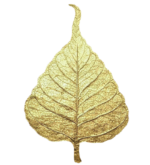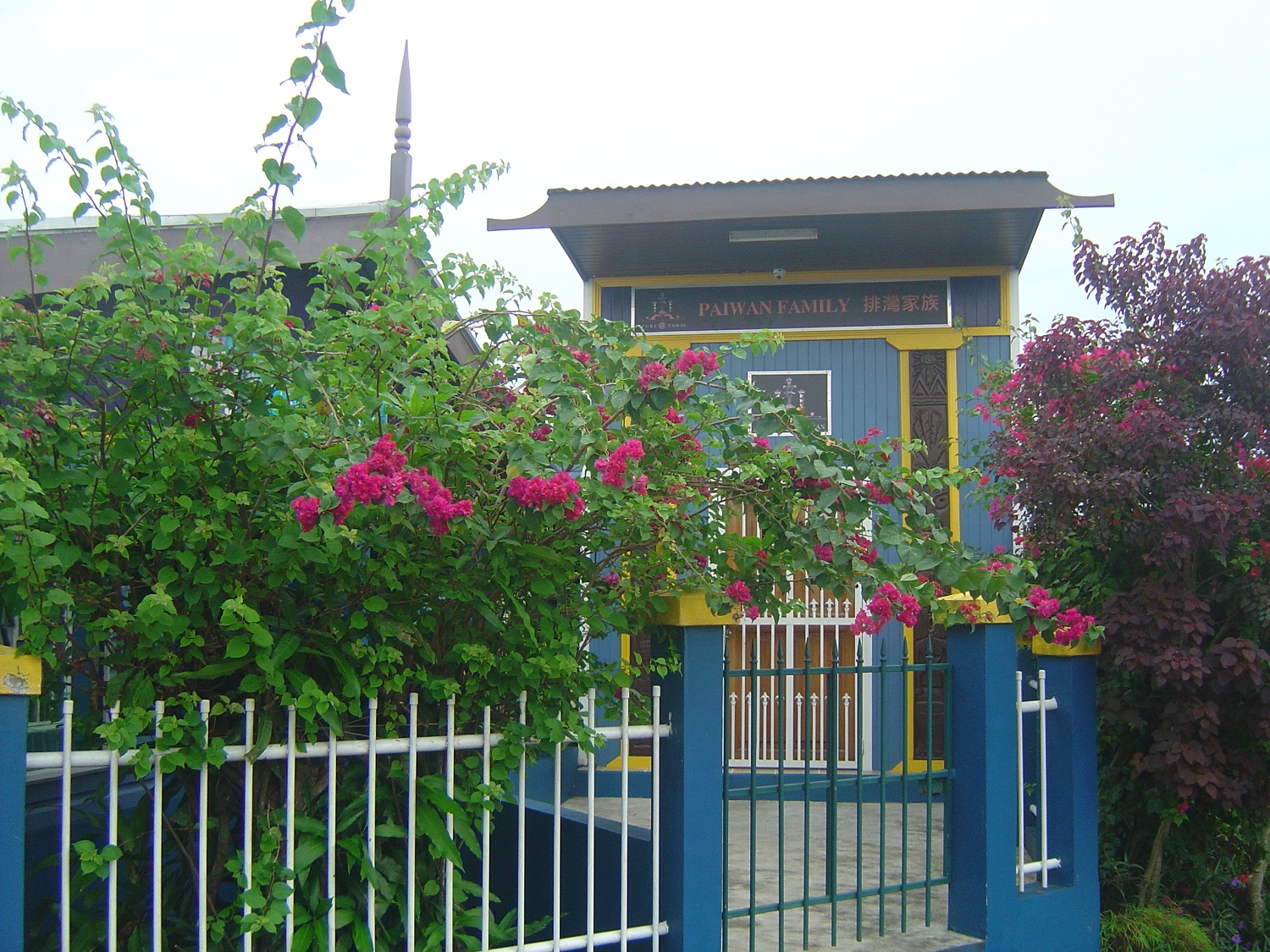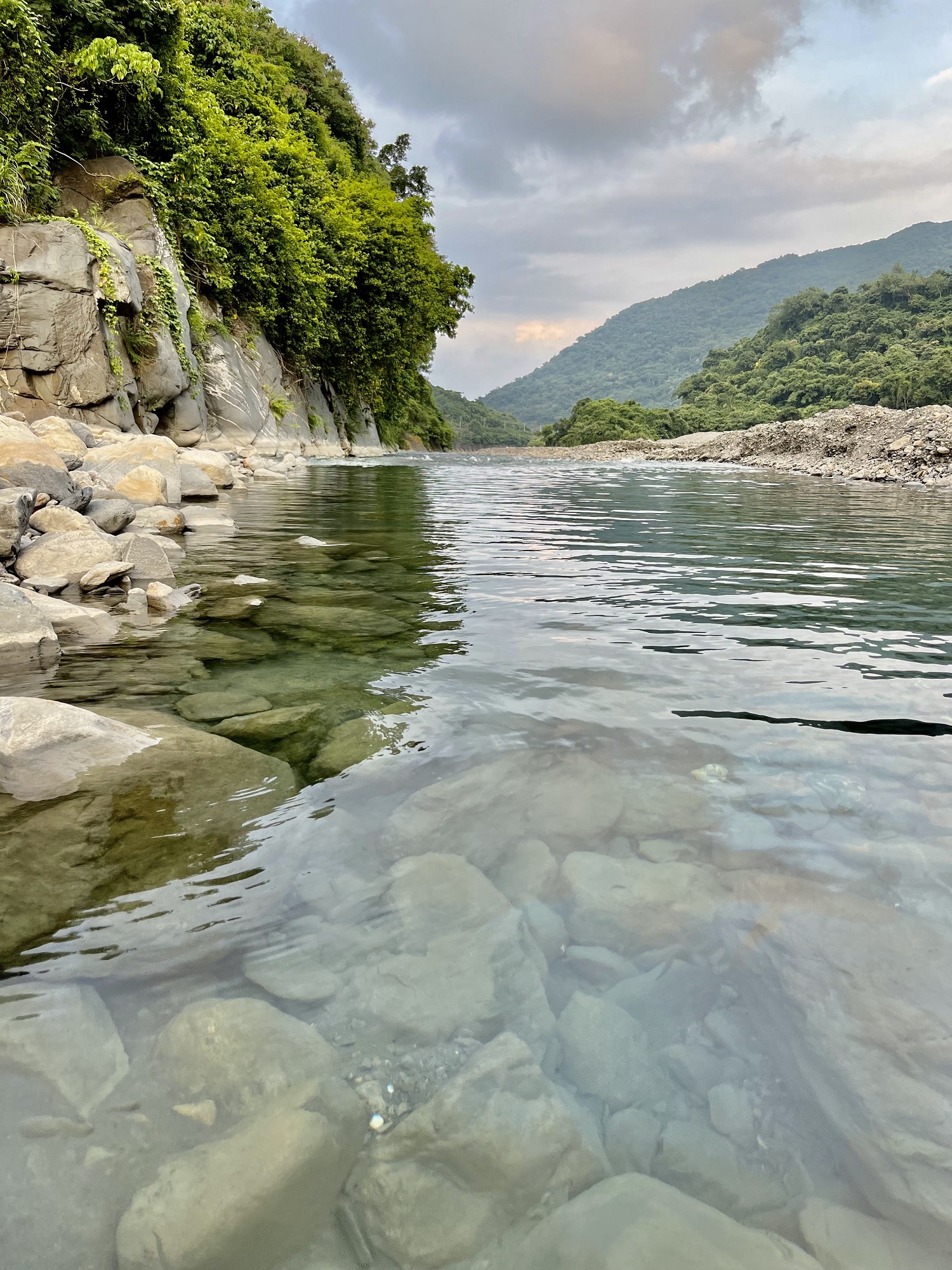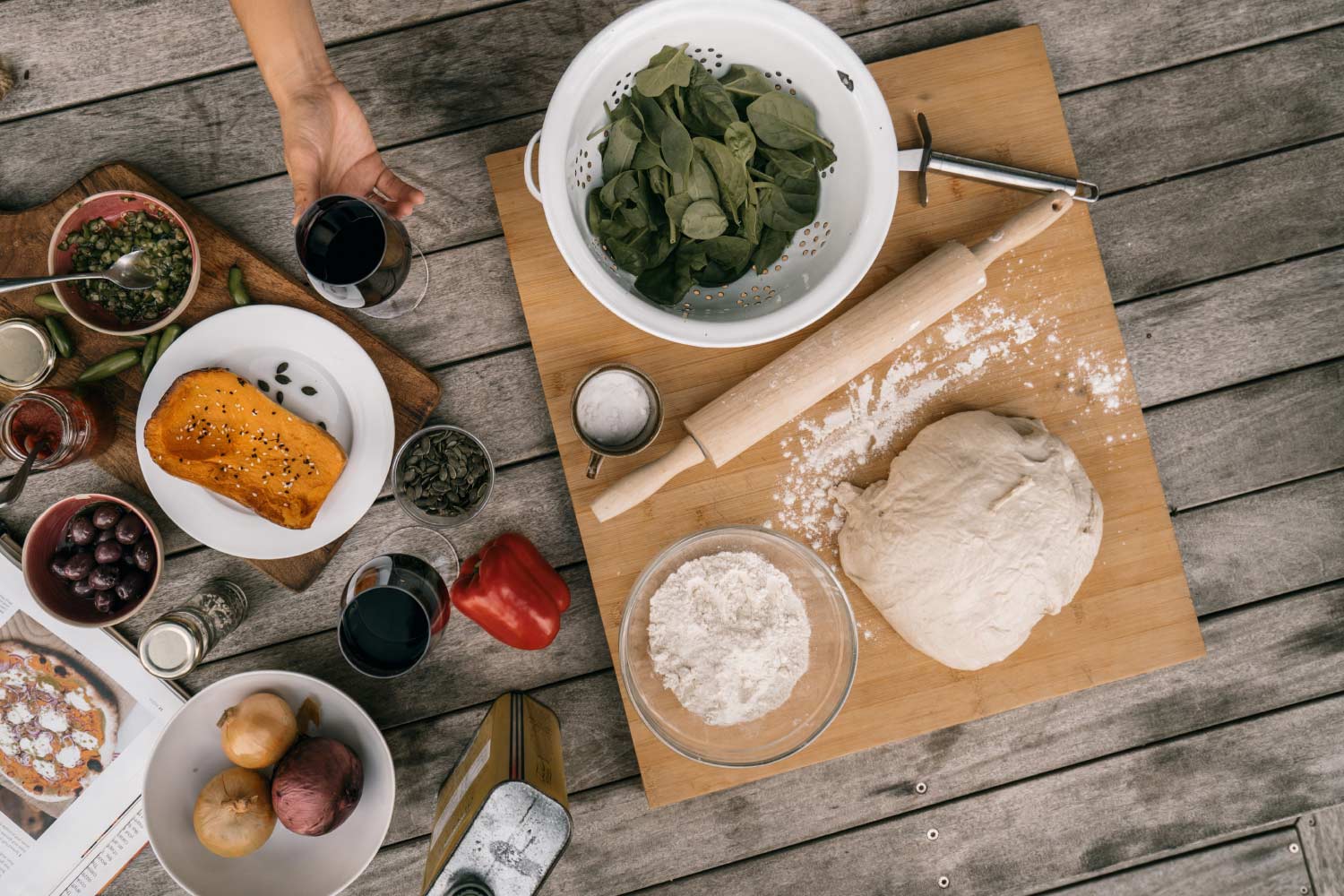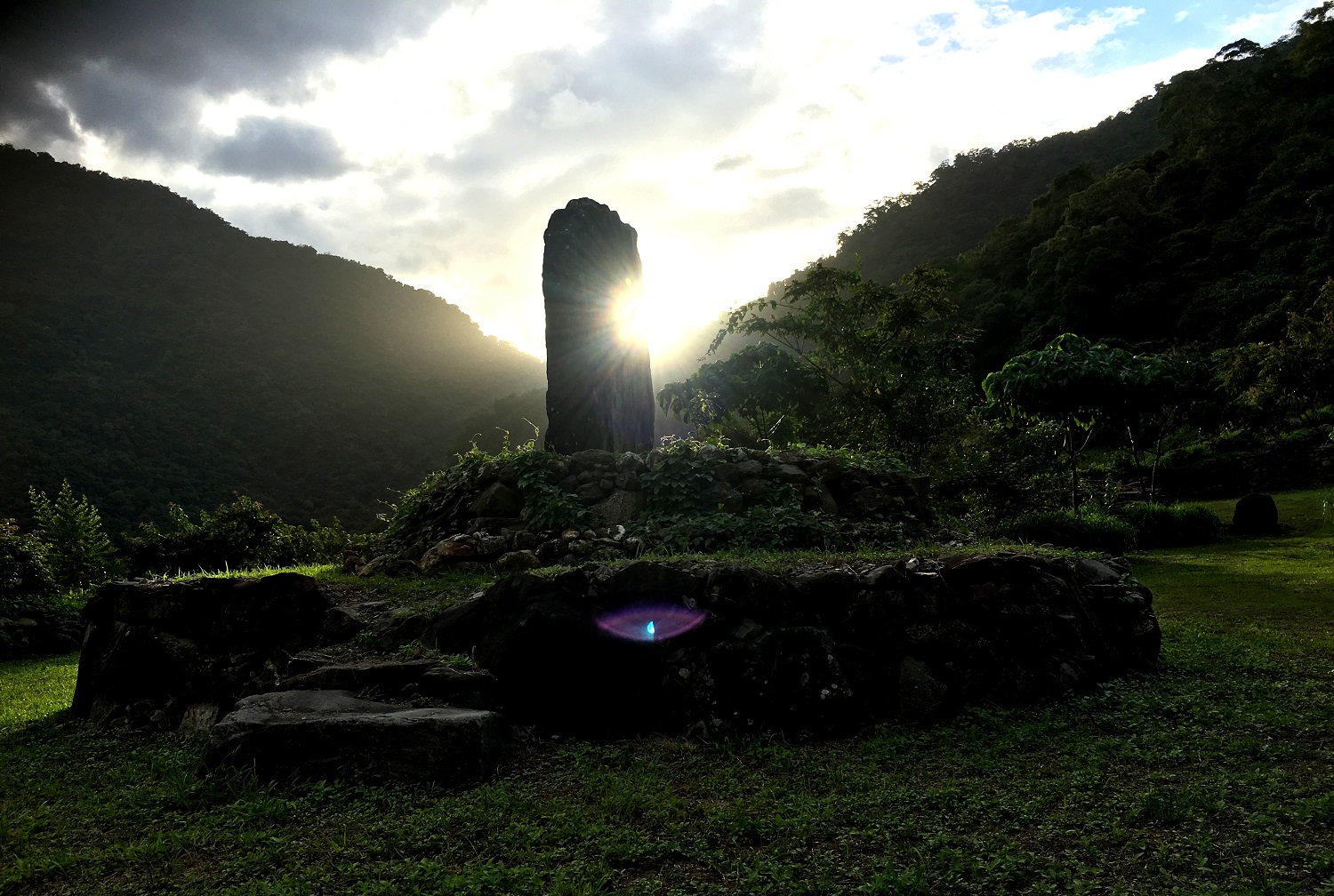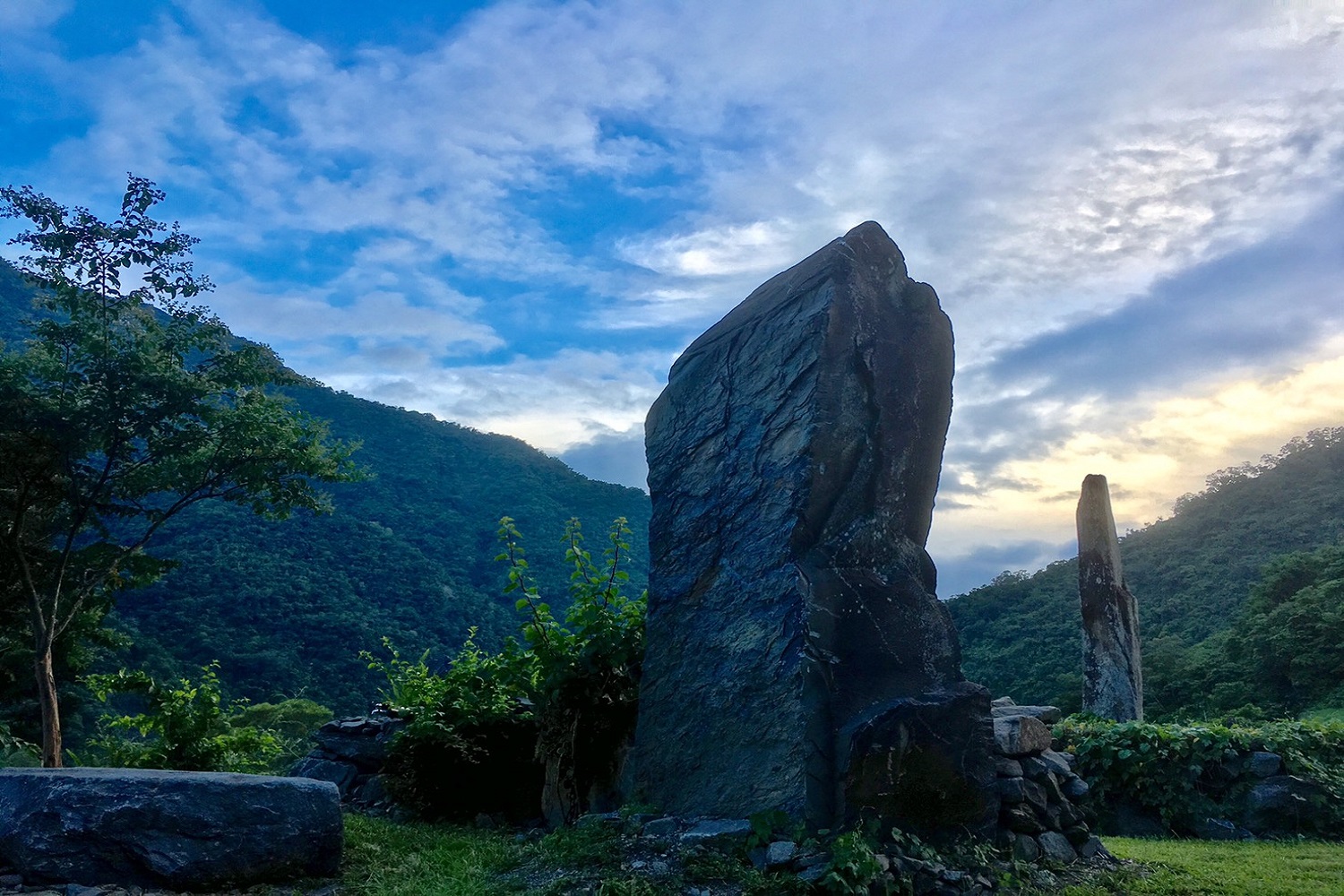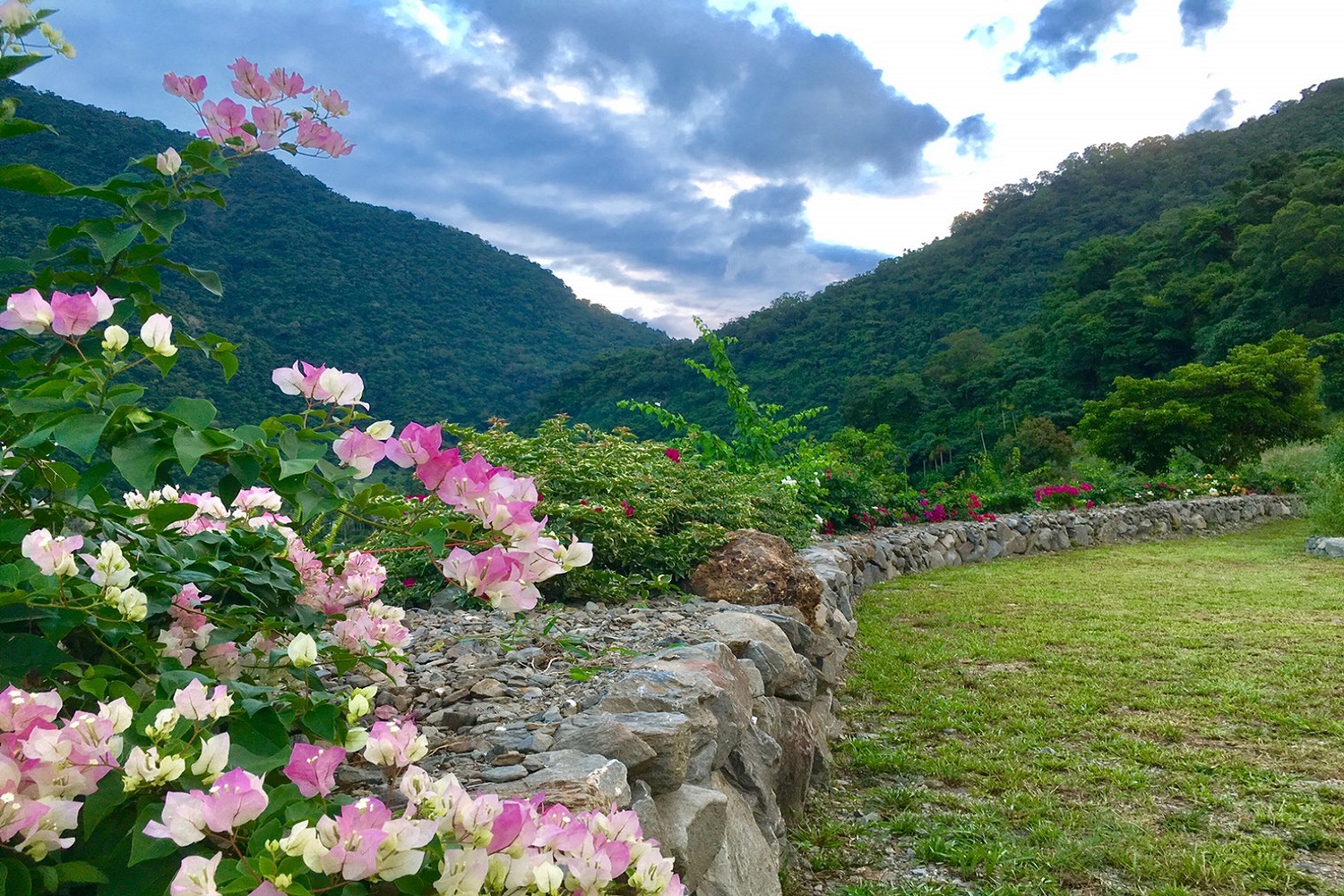Paiwan people 排灣族
The Paiwan link politics, marriage, religion, and art with the family names, clans and a rigid social hierarchy. After the millet harvest, they hold the “Millet Harvest Thanksgiving Ritual”. The Maleveq Ritual is organized every five years to welcome the ancestral spirits to visit their descendants. It is also called the “Human-Deity Alliance Ritual”. The pottery pot, glass bead, and bronze knife are called the “Three Paiwan Treasures”. According to the Paiwan legend, Paiwan ancestors were born from pottery pots, making this implement a symbol of the origin in the Paiwan culture. Farming, hunting, and gathering are the major economic activities of the Paiwan. Major crops used for daily life include foxtail millet, upland rice, sweet potatoes, and taro, while meat from hunting is the main source of animal protein. The betel nut is a stimulant fruit and an important item in social interaction, rituals, and weddings. The Paiwan make millet cakes (qavai) and leaf-wrapped food (cinavu) for festivals/special occasions or weddings. The cinavu“祈那福” (literally praying for blessing) is one of the token Paiwan dishes.
排灣族排灣族三寶包含古陶壺、琉璃珠、青銅刀。排灣族的文化傳說中,古陶壺是祖先誕生的來源,具有創生的意義。排灣族早期以農業耕作與野外狩獵採集為主要經濟活動。農業生產以小米、旱稻、地瓜與芋頭為主,農作物是主要的日常食物;狩獵所得之肉類則提供肉類蛋白質。檳榔是生活中不可或缺的提神果實,也是社交、祭祀、婚嫁時的重要儀式物品。排灣族人慶典或婚嫁時會製作qavai(小米糕)、cinavu(意為用葉子包裹食物)為代表的民族食物。
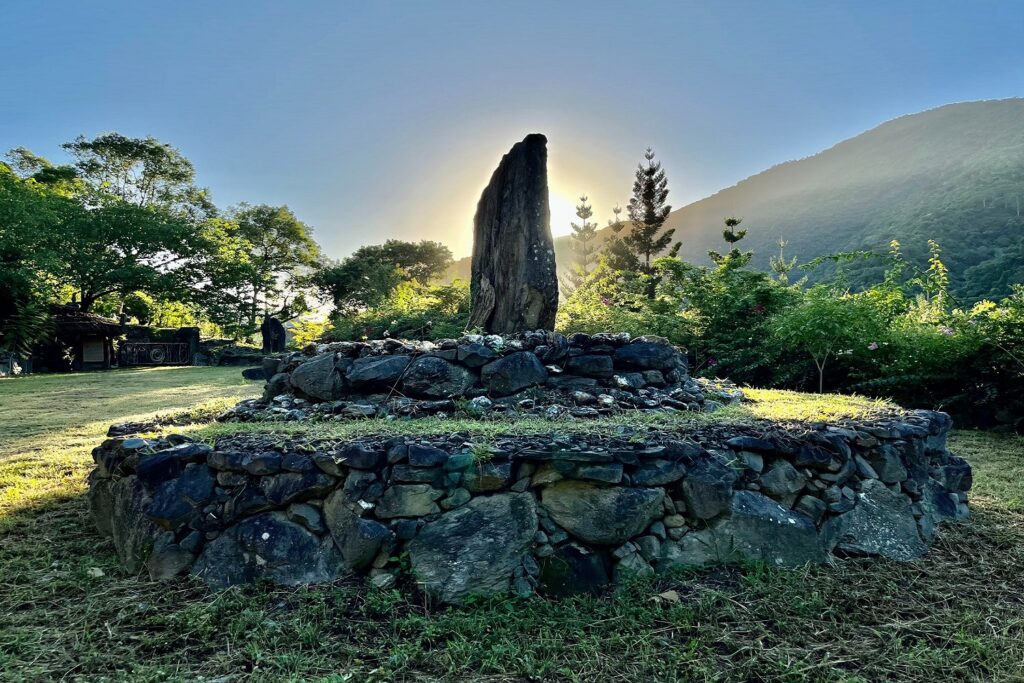
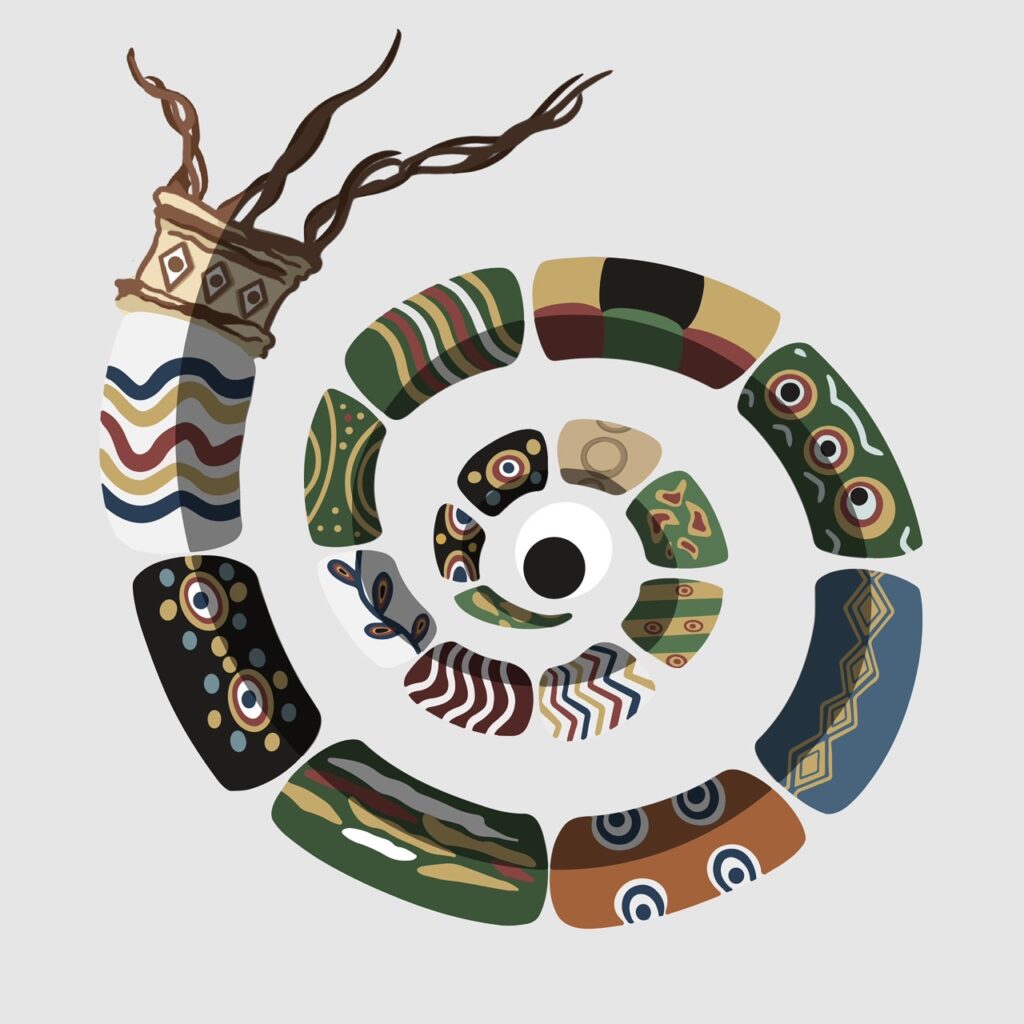
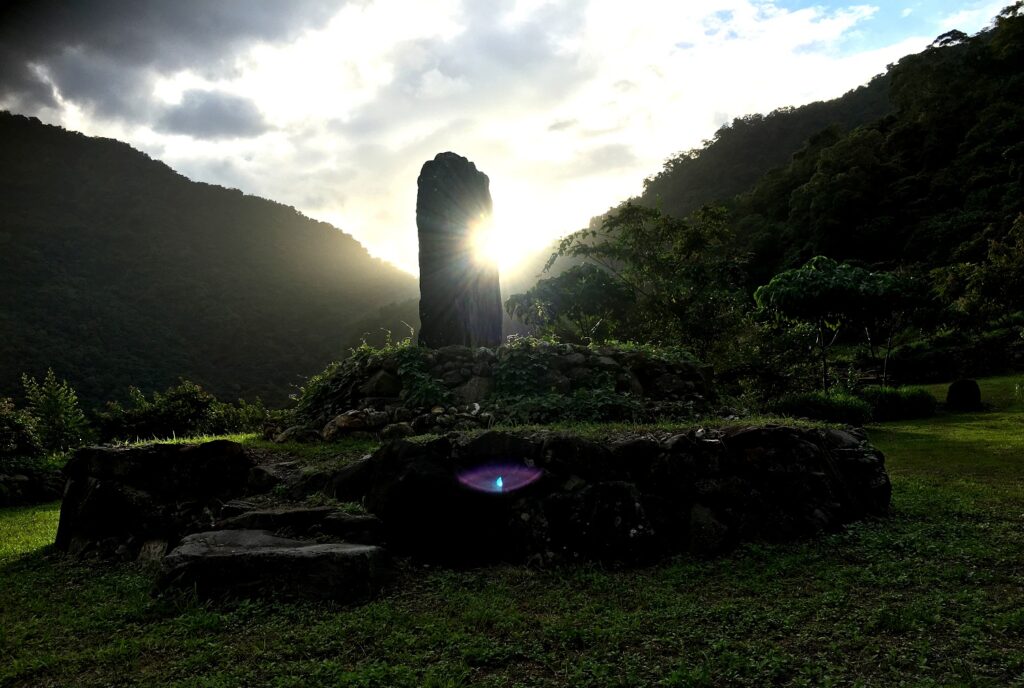
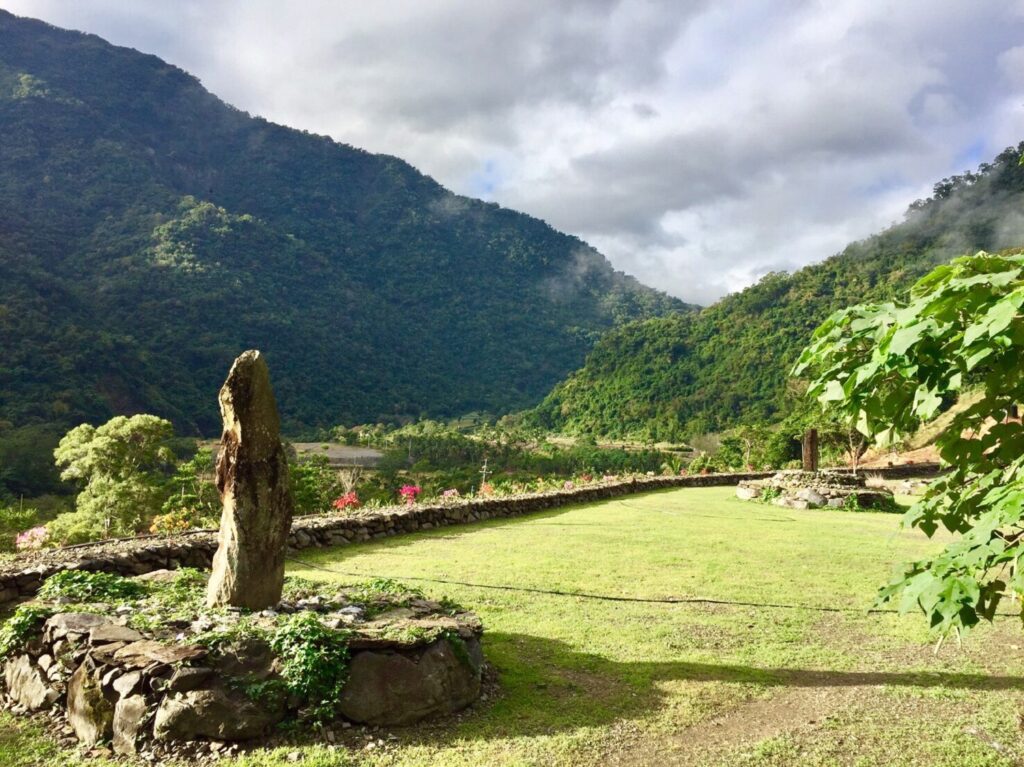
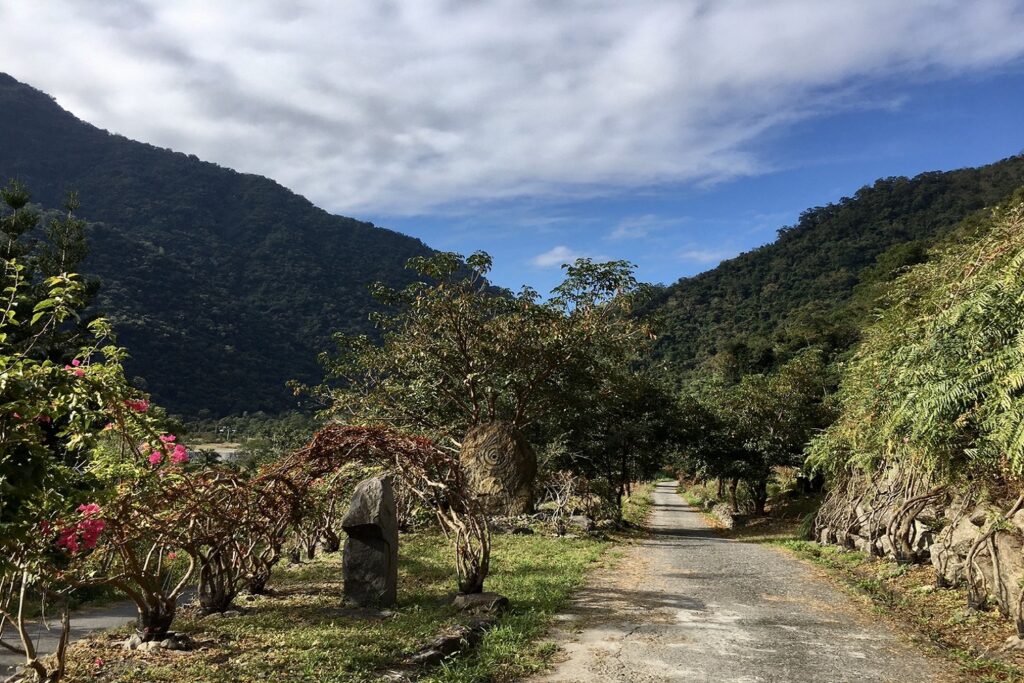

Paiwan culture 排灣族文化
Early Paiwan made clothes from bark fibers or pelts. After acquiring cloth-making skills, they sewed clothes with linen, cotton, and wool fabrics. Women of the Paiwan noble families had exclusive patterns and totems, noble clothes are exceptionally intricate and extravagant. Traditionally, Paiwan men wear circular-collar long-sleeved short chest coverings with buttons down the front and kilts, with a shawl slung over the shoulder. In solemn ceremonies, Paiwan men wear ceremonial headgear, long vests, leg coverings, and sword baldrics. Paiwan women wear circular-collar robes with buttons down the right with panel skirts, and leggings. In addition, they wear head scarves, elaborate head rings, or forehead bands. Glass beads are the most precious accessories and important ornaments on their clothes. According to the Paiwan legend, Paiwan ancestors made “glass beads” with the beautiful eyes of dragonflies, so glass beads are a gift from the gods. It is said that thousands of years ago, Paiwan ancestors carried the earliest glass beads to Taiwan.
排灣族服裝早期以樹皮纖維或獸皮製成衣服,布匹製作後來改成以麻、棉或毛線織成方布,再縫接成衣服。排灣族貴族女子有各種專屬的紋路圖騰,服裝顯的特別精緻華麗。排灣族男子服裝為對襟圓領長袖短上衣、短裙,外部斜披長方形披肩。更隆重的典禮時,會戴上禮帽、長背心、下身加穿後敞褲,並配上肩帶與禮刀。女性服飾上身穿著右襟圓領長袖連身長衣,下身著單片式長裙,小腿上綁護腳布,另外頭部綁有頭巾、精緻頭環或額帶。服裝配飾品以琉璃珠最為貴重,為傳統服裝中的重要飾品。「琉璃珠」傳說是排灣族祖先捕捉蜻蜓後,用蜻蜓美麗的大眼睛所製成,是神送給排灣人的禮物。相傳數千年前,先祖到達臺灣時,就帶著最古老的琉璃珠而來。
